Video interview. If transitioning to college becomes part of your everyday conversation, it becomes much easier for students to adapt.


Video interview. If transitioning to college becomes part of your everyday conversation, it becomes much easier for students to adapt.
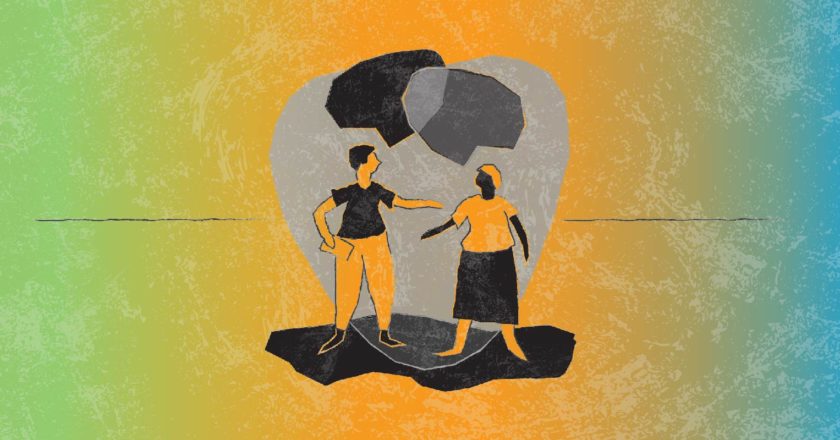
When we talk about folding autistic and differently-abled students into community colleges and STEM careers, what we’re really talking about is best practices for everyone. It follows that when our most disadvantaged students’ needs are met, we are leveling the playing field for all, with or without a “documented need.” Thank you for believing in students like me.

In high school, many 504 plans are written to include use of assistive technologies in the public school setting. However, once at a higher education level, these supports still can be extremely helpful for a variety of reasons.

What advantages are there to adjusting the traditional grading system and working on something more specific to an individual student?
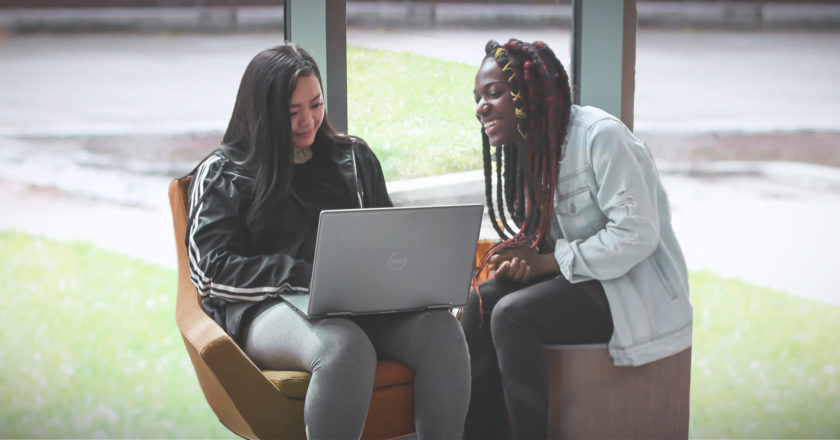
Not only were there more people who shared a special interest with me, but the ones who didn’t thought no less of me for having them. In fact, they thought it was interesting, because they had interests of their own, and we had a shared experience that way, autism or not.
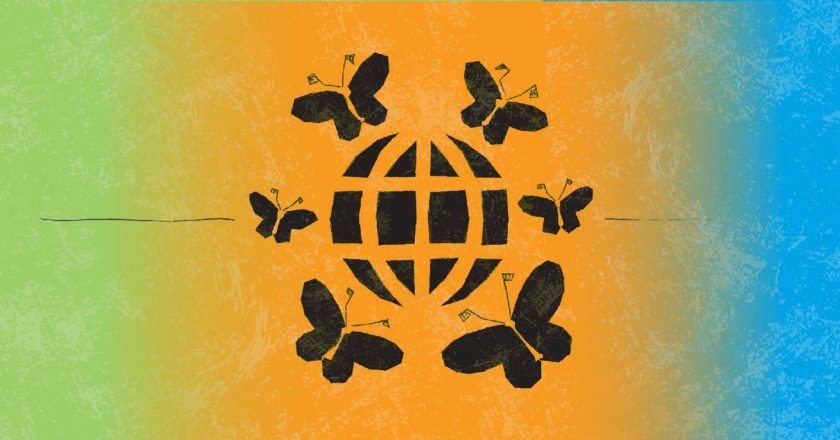
Young people on the spectrum often feel increased judgement and pressure to fit in with their [neurotypical] peers…We need more awareness of the mental health issues many young people on the spectrum may face.
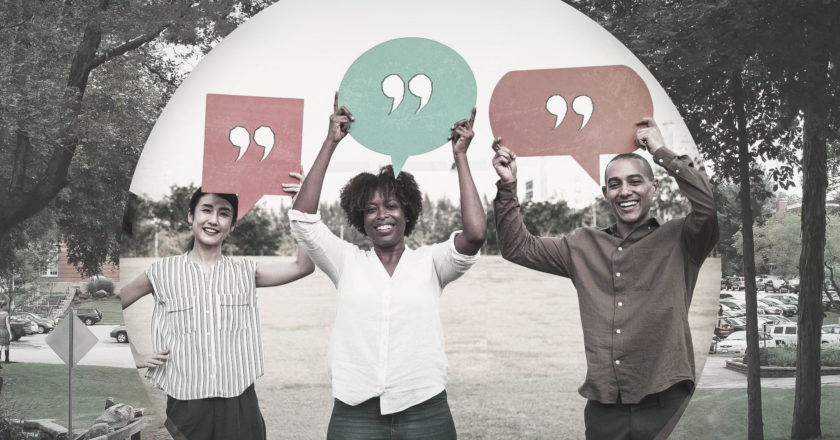
Always be respectful and professional when corresponding with a professor or course instructor. Using “Dear” to begin emails, using the professor’s last name (i.e. Professor Brown), and signing off with a “Thank you,” or “Sincerely” goes a long way!
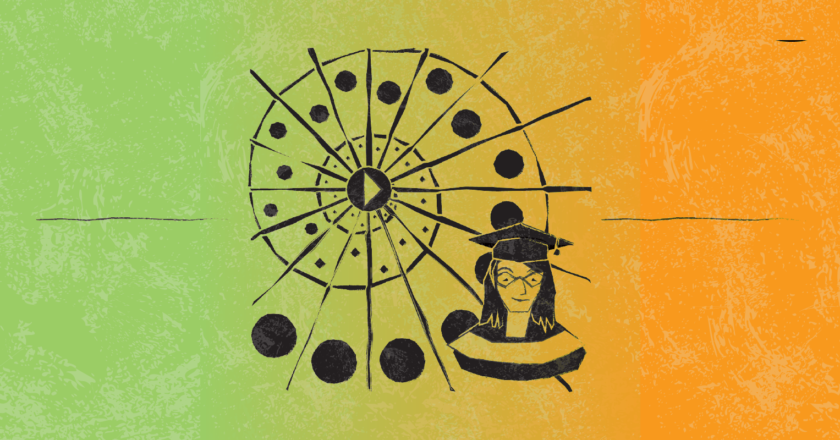
Align your strengths with your interests. Find a supportive mentor. Be willing to accept some trial-and-error. Autistic students can succeed in STEM.
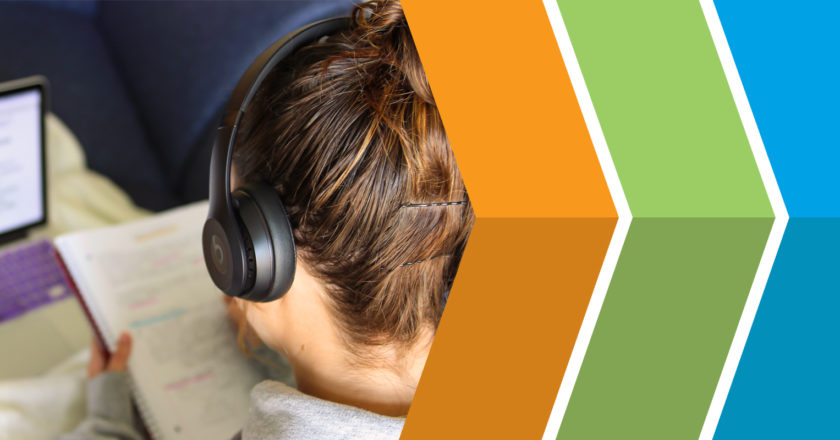
Scheduling your time well is one of the simplest and most effective strategies to achieving success at college! But how can we schedule our time well? Read on to find out.
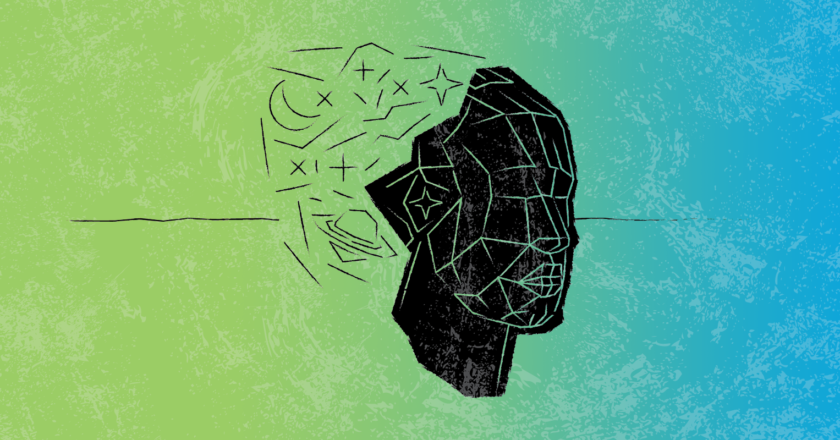
Laura Gilmour shares her journey from new student learning about college expectations to confident graduate student conducting her own STEM research.